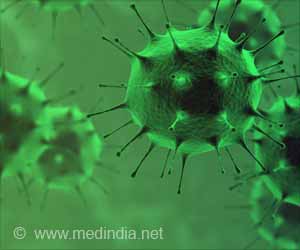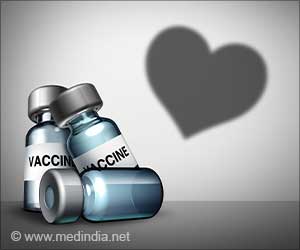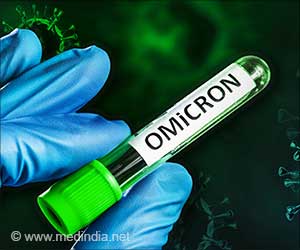
‘Photo-electrochemical aptasensor can detect coronavirus in the saliva sample much faster than a PCR test.’
Tweet it Now
The new aptasensor has a wide range of sensitivity to different virus concentrations. It is thus capable of detecting concentrations below 0.5 nanomolars (nM), typical in patients who have not yet developed COVID-19 symptoms, as well as working at higher concentrations (up to 32 nM), so it could provide clinical practices with an extra tool for monitoring the progress of infection in patients.It would be used in a similar way to current antigen sensors: a sample of the patient’s saliva is dissolved in a buffer solution and then placed on to the sensor’s surface. The measurement would be available in a few minutes.
“The advantage over current antigen-based sensors is the greater sensitivity and specificity of the photo-electrochemical sensor measurements, which are comparable to more complex measurements, such as those from fluorescence-based sensors, and they are simpler, cheaper, and faster than PCR-based sensors,” says the research’s lead author, Mahmoud Amouzadeh Tabrizi, CONEX-Plus researcher at the UC3M’s Department of Electronic Technology.
The Science Behind the Aptasensor
A photo-electrochemical sensor can be likened to a solar cell or the process of photosynthesis: in both cases, given the presence of light (photons), a specific material (or molecule) is able to generate an electrical current (electrons).
Advertisement
The results of this and other research by the group concerning the detection of SARS-CoV-2 in saliva were recently published in several scientific journals, such as Sensors and Actuators B: Chemical and Biosensors and Bioelectronics.
Advertisement
“We are seeking a diagnosis similar to those currently available when reading blood glucose levels in patients with diabetes, for example. We are also aiming to contact companies that may be interested in these developments,” he adds.
A critical factor when manufacturing this type of nanomaterial-based electrochemical sensor involves correctly characterizing the surface of the material and the receiver that is immobilized on the surface. In order to do this, researchers have used various techniques and technologies, such as scanning electron microscopes (SEM), atomic force microscopy (AFM), and Fourier-transform infrared (FTIR) spectroscopy.
“The results obtained from using all of these techniques allow us to ensure that both the manufacture of the desired photosensitive nanomaterial and the immobilization of the bioreceptor has been properly carried out,” says Pablo Acedo.
This research is being undertaken within the framework of the BIOPIELTEC-CM (New Technologies for the Manufacture and Optimization of Tissue: Skin as a Model System; P2018/BAA-4480) project. This consortium, which has received funding from the Regional Government of Madrid and the European Union, aims to bring together leading research groups from the Madrid region to face one of the most significant technological challenges within the biomedical and biotechnological field: developing technologies that manufacture tissue and organs, as well as organ-on-a-chip systems, and the optimization of all of these technologies for their clinical and industrial application. In addition to this, the research has been made possible thanks to Mahmoud Amouzadeh Tabrizi joining the UC3M as a CONEX-Plus programme researcher, funded by the university and the European Commission through the Marie Skłodowska-Curie COFUND Actions (GA 801538) as part of the European Horizon 2020 Framework Programme.
Source-Eurekalert














